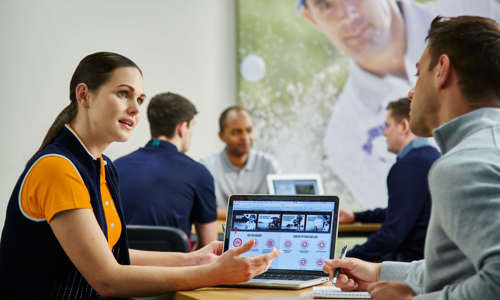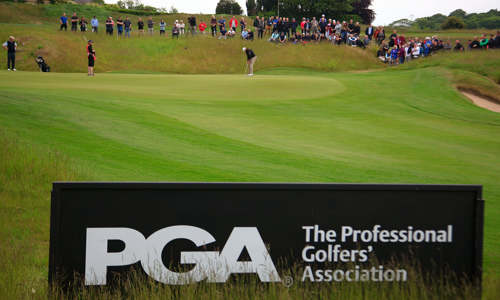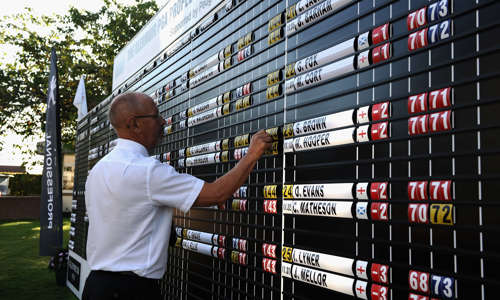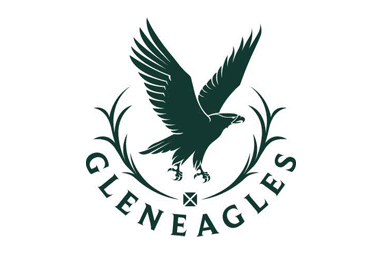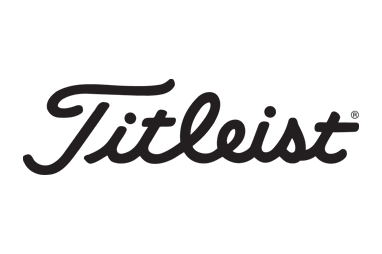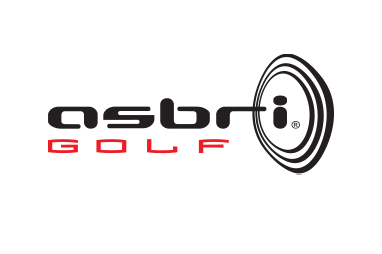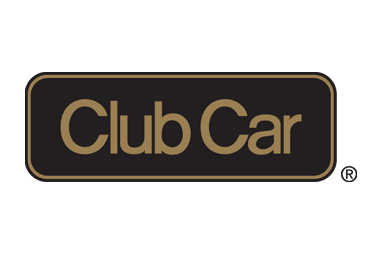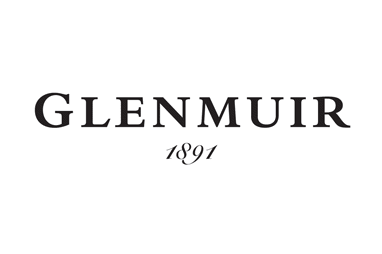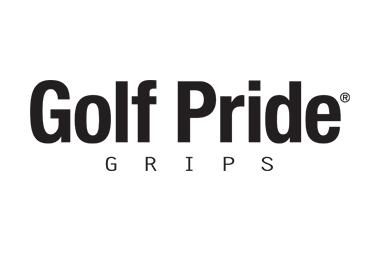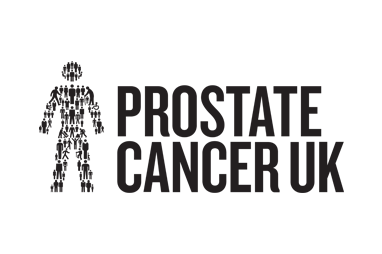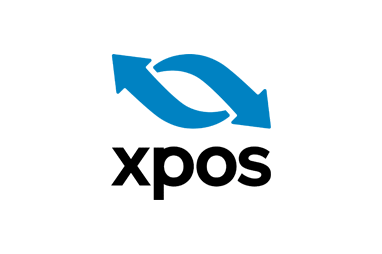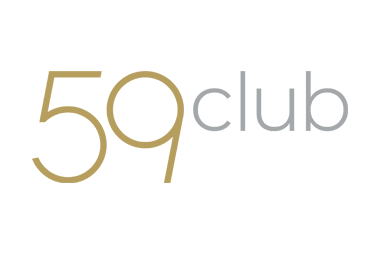PGA Professional Alex Evans now spends his time on his good friend Paul Waring’s bag. At the end of last year, the pair teamed up to win the Abu Dhabi HSBC Championship, a Rolex Series event, which will see them tackle the PGA Tour this year. Their first start comes at the Waste Management in Phoenix.
Previously though, Evans graduated in 2012 and spent the next eight years teaching and playing. Evans still coaches today and here he looks back on his early days, playing and qualifying to be a PGA Pro as well as what makes his pairing with Waring tick, an alliance that might well see them line up at this year’s Ryder Cup at Bethpage.
How would you describe your coaching?
I think I've grown more into short game, more through my own issues because that was my downfall. I had issues with my chipping. I'd hit 15 greens in regulation and shoot 79. So, I struggled with that for years, but I got myself through it.
I still coach a lot of the full shot game, but I enjoy the short-game side of it so much more because I like being able to stand there and explain a shot and be able to do it, which is something in the past where there was no way I would have put myself in that situation. When the feel of a nice chip comes off, it's glorious and I get so much more out of it than a 40-yard pitch shot or a good drive.
There was a period where you posted a lot on content on YouTube. What advice would you give to fellow PGA Members looking to start that now?
To focus on the planning side of it. When I did it, I just filmed a lot and my partner did all the editing. She used to say, you need to plan it more and know what the purpose is of the video. We can all be guilty of going out, filming a video and thinking it will be great.
There's got to be a purpose to it. There are so many videos that you can watch but you have to bring something a little bit unique. So if I was going to do it again, and I do plan to do a few more, I would just try and make sure there is relevance to the audience you're trying to attract. It has to be different, as your videos can just get lost in the algorithm of millions of videos that are the same sort of thing.
How did you get into caddying for Paul?
I had grown up with Paul and we had played together for a long time. Almost in passing, he asked whether I might caddy for him for a three-week period in 2021. We were still in lockdown and he wasn't enjoying the travelling because of all the regulations and it was more for the companionship.
Caddying wasn't something that I was set on and it was never a plan, I was always wanting to play and I felt like it wouldn't be the same if I was caddying but I absolutely loved it. I was still getting everything that I was looking for from golf in terms of feeling competitive and I was doing it with one of my best mates.
What is the difference between a scratch golfer and a Tour pro?
When Paul lived nearby, we would play nine holes and we'd be pretty close in terms of the score. The biggest difference I think is the tour pro's mentality. They have an inevitability that they will have their period where they will pick up shots. There's no panic as they know that’s going to come. Personally, I felt that if I dropped a few shots, I'd then panic that it was going to get worse.
Over the course of four rounds, the work that he's done and the level of his consistency builds. For your regular player, I don't feel like that happens as often and, over 72 holes, that gap can get bigger.
Paul averaged 66 around Yas Links which is ridiculous. The best thing most people think when playing there is that they might not lose a ball. Honestly, I stand on the 9th tee, and, if that's me, I'm stuck there. It's out of bounds all up the right because it's all water and you'd have to drop it again on the tee. He just bombed it straight down the middle four days in a row.


